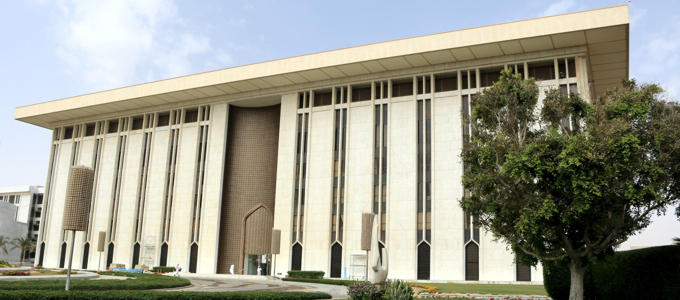The Estonian government is in the process of rolling out a new artificial intelligence-guided platform that will completely change the way that people interact with the government and use public services. They are also releasing all of the code associated with the platform, called Bürokratt, for free to the public, hoping that the private sector will adopt it and users in other countries.
“If small and medium-sized enterprises want to implement the solution, they are more than welcome to do that,”
says Ott Velsberg, the Estonian government’s chief data officer.
“I am a true believer that if the government spends public money, then everyone should benefit from that.”
A distant cousin of Siri and Alexa
Bürokratt will be developed in collaboration with RIA, the State Information System Authority. Other partners are involved in the development, such as the Estonian Language Institute and Ministry of Education and Research and multiple private partners, including Net Group, Texta, Stacc, Microsoft, and Solita. The government has spent about €1.5 million on Bürokratt to date, and over the next four years, the total budget will be close to €13 million.
The concept underlying Bürokratt — a voice-mediated virtual assistant that can answer any query — has some obvious analogues to Apple’s Siri or Amazon’s Alexa — but it also has some links, believe it or not, to Estonian mythology. A Kratt is a mythical creature constructed from hay and sticks, according to Velsberg. With the addition of a few drops of blood, this voodoo doll of sorts came to life with the wish of serving its master as a household servant able to carry out any task.
“There is a negative aspect associated with a kratt, and that is that you always have to give it work, or it could turn against you,”
notes Velsberg.
“We use the same metaphor to bring the parallel that AI can help out with things, AI can help make better decisions, but at the same time you need to be cautious how you implement the system and how it operates,”
Velsberg says.
An interoperable network of AI applications
While the most visible element of Bürokratt is its virtual assistant or chatbot, Bürokratt encompasses more than just that tool. Instead, it is an interoperable network of AI applications accessible via voice. In a way, it is similar to X-Road, the data exchange layer that serves as the backbone for Estonia’s ecosystem of digital services, called e-Estonia. Bürokratt aims to provide a similar layer where AI and other services, public and private, will be able to combine and interact. Government AI agents, bots, and assistants, as well as private sector ones, will serve the user via a united channel, enabling them access to a spectrum of services.
Cutting costs and reducing government inefficiency
While the rationale for rolling out such a platform is to cut costs and reduce government inefficiency, Velsberg notes that Bürokratt should also expand access to Estonians who have hearing or visual impairments, providing them with access to government services. And for all citizens, it should make dealing with the government easier, across the board.
“People don’t want to interact with different government agencies,” says Velsberg, “they want to have all services in one place similar in a personalised manner.”
The government is already rolling out Bürokratt, first via its Consumer Protection and Technical Regulatory Authority, with plans to introduce it via the Police and Border Guard Board and National Public Library next month. Velsberg described the launch as “smooth,” with the main challenge being accessing some data necessary to support the chatbot algorithm, which has been fixed.
Users will soon be able to carry out such tasks as filing a consumer complaint, applying for permits, renewing their identification cards, reporting a car accident, or borrowing books, all via chatbot.
More than 30 different agencies are interested in adopting Bürokratt, and the government is also looking at making at least ten different personalised public services accessible to citizens this year as well.
A customer contact classification module is also in development, classifying incoming queries and directing them to the correct person or agency for resolution. The module will also redirect queries sent to the incorrect agency to reach the person responsible.
Another goal is to establish interoperability with systems in other countries, such as neighbouring Finland, which has its own program, AuroraAI, which is similar to Bürokratt. Should the tools become interoperable, an Estonian woman going into labour in Finland could use Bürokratt to set up transportation to a hospital and get all her needs taken care of, even if she happens to be out of the country.
“You can get the same healthcare experience, regardless of where you are,” says Velsberg. “If you need to renew your prescription while being abroad, you can do that, everything,” he says.
One of the most exhilarating projects
Priit Kongo, CEO of Tallinn-based Net Group, said the company had delivered the “bricks” of the Bürokratt solution and has been a partner in the architecture and design phases of the project.
In particular, he said that Net Group has been responsible for developing the algorithm that helps obtain the relevant answer to a user’s query, no matter which gateway they use. Kongo described the Bürokratt project as one of the most challenging and intellectually demanding Net Group has participated in and called it “one of the most exhilarating projects” it has done.
Source:






Comments